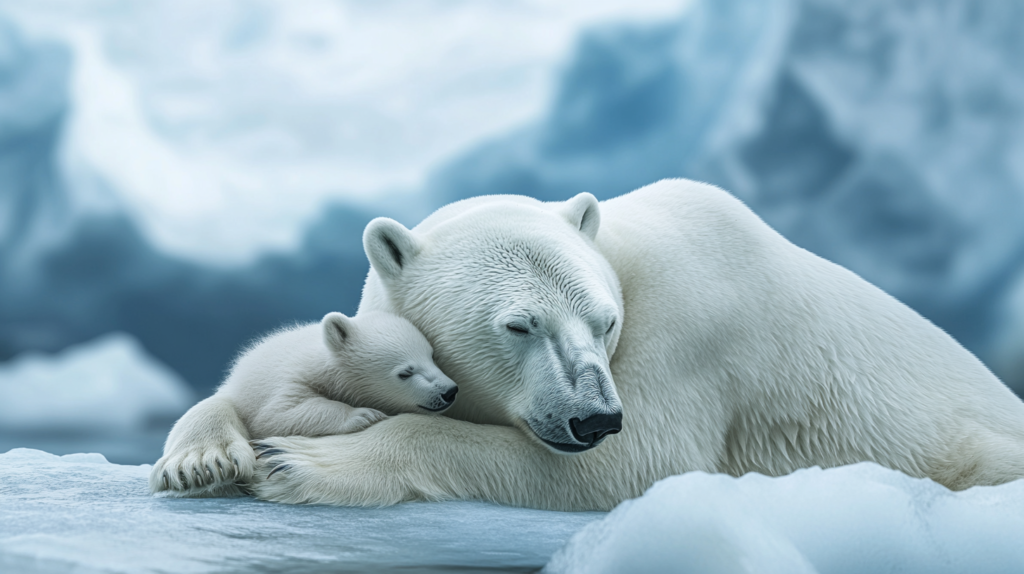The mighty polar bear, often seen as the unchallenged ruler of the Arctic, isn’t always the top predator we imagine. While these majestic creatures are indeed formidable hunters, they sometimes find themselves on the menu for other animals. This might seem surprising, given their size and strength, but nature has a way of balancing the scales. From the depths of the icy waters to the frozen tundra, several creatures have developed strategies to hunt, scavenge, or simply outlast these Arctic giants. Join us as we explore the unexpected world of polar bear predators and discover the animals that dare to challenge the king of the ice.
1. Killer Whales
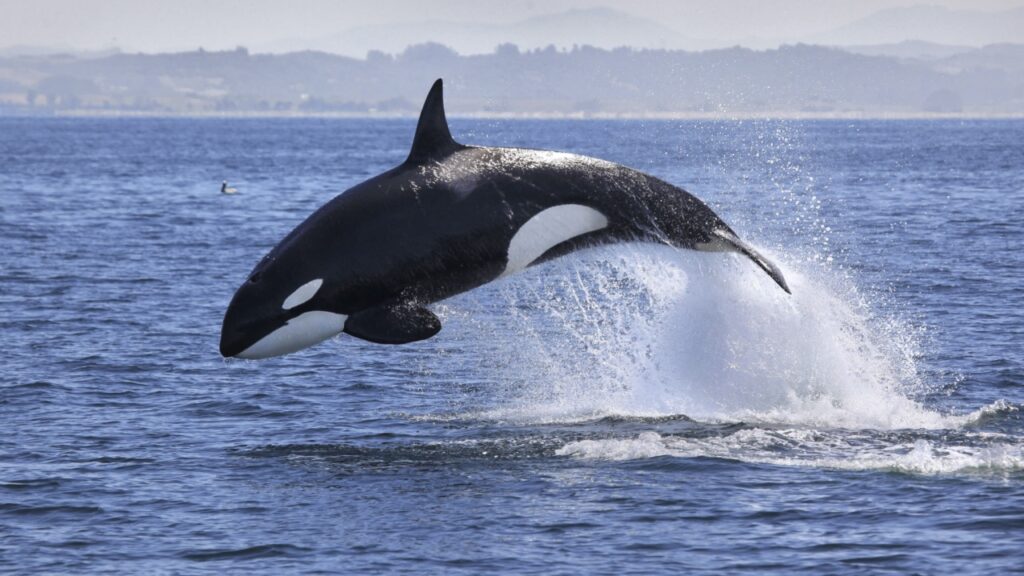
Killer whales, or orcas, are one of the few animals that actively hunt polar bears. These intelligent marine mammals use their speed and teamwork to target bears swimming between ice floes. Orcas can easily outmaneuver a polar bear in the water, making them a deadly threat when bears are forced to swim long distances due to melting sea ice.
2. Walruses
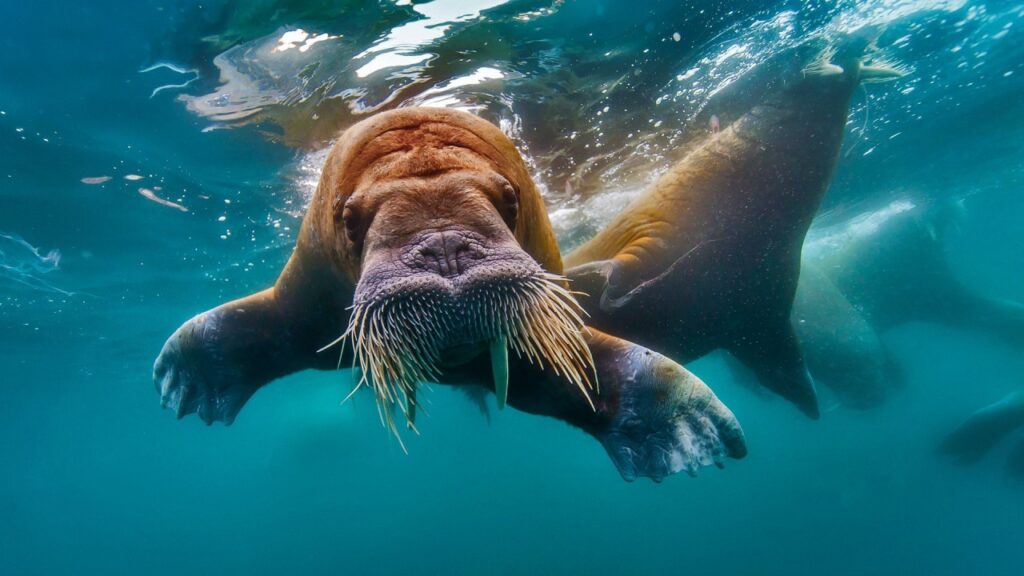
Despite their blubbery appearance, walruses are not to be underestimated. These massive marine mammals have been known to fend off and even kill polar bears with their long tusks. While they don’t typically hunt bears, walruses will fiercely defend themselves and their young if threatened. In some cases, a cornered walrus can turn the tables on a hungry bear.
3. Other Polar Bears

In a grim twist of fate, polar bears sometimes become cannibals. Adult males, especially during times of food scarcity, may hunt and eat smaller bears or cubs. This behavior, while shocking, is a survival strategy in the harsh Arctic environment where food can be scarce and competition fierce.
4. Humans
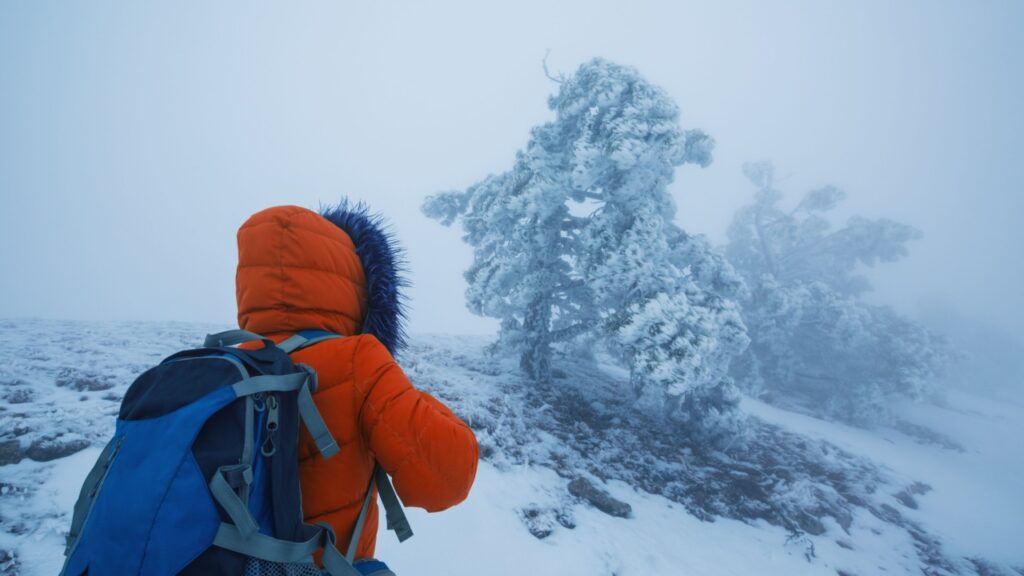
While not natural predators, humans have long been one of the biggest threats to polar bears. Indigenous Arctic peoples have traditionally hunted polar bears for food and materials. In more recent history, trophy hunting and habitat destruction have significantly impacted bear populations. Today, conservation efforts aim to protect these magnificent creatures from human-induced threats.
5. Arctic Wolves
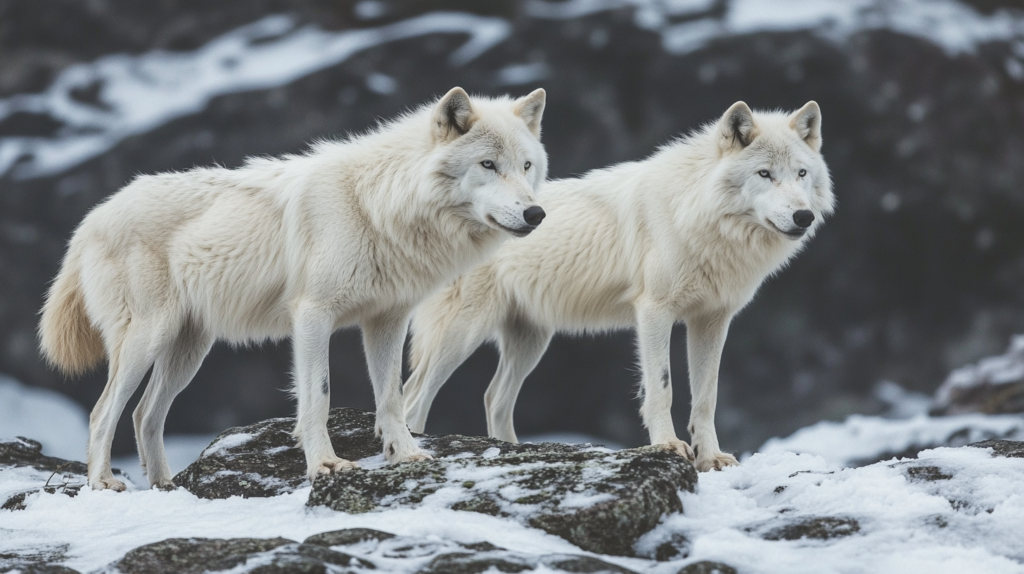
Arctic wolves, while not typically a match for adult polar bears, have been known to attack and eat bear cubs. These opportunistic predators hunt in packs, which allows them to take on larger prey. However, they usually only target young or weak bears separated from their mothers.
6. Greenland Sharks
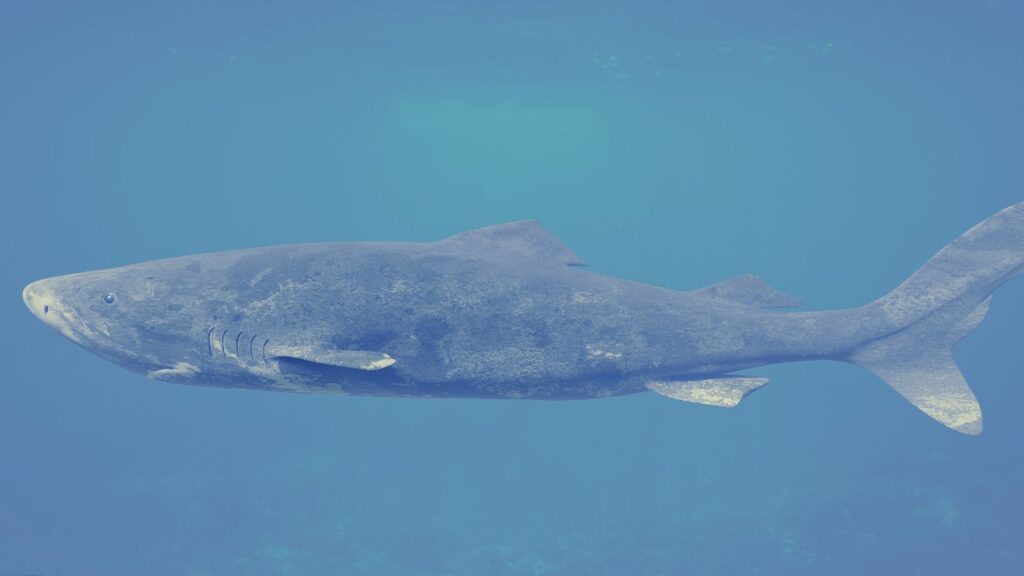
The mysterious Greenland shark, a slow-moving giant of the deep Arctic waters, has been found with polar bear remains in its stomach. While it’s unclear if these sharks actively hunt bears, they likely scavenge on carcasses that fall into the water. Their role as polar bear predators remains a subject of scientific curiosity.
7. Arctic Foxes
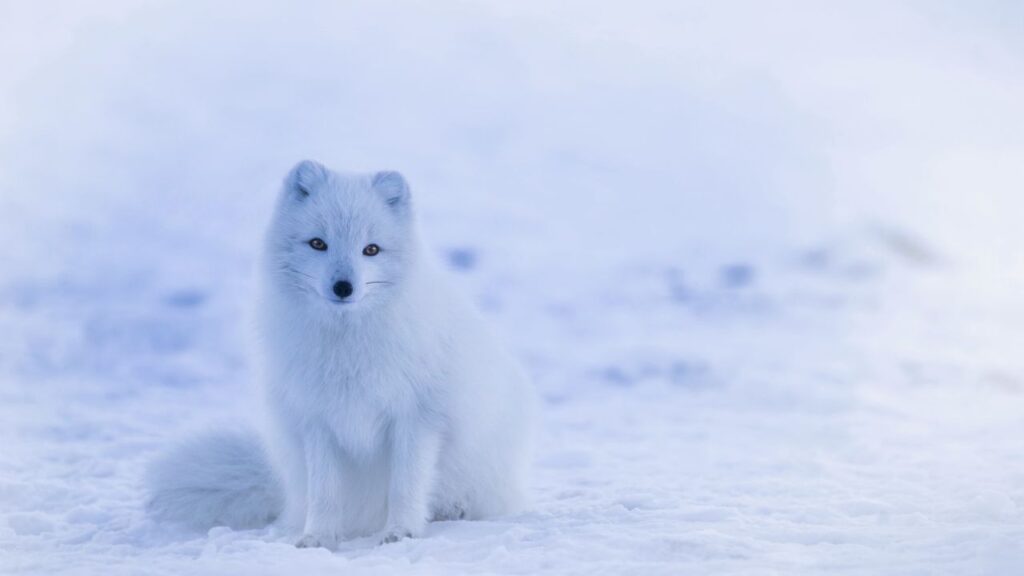
Arctic foxes are small but cunning scavengers. While they can’t take down a live polar bear, they often follow bears to feed on the leftovers from their hunts. In rare cases, these opportunistic feeders might prey on very young, weak, or abandoned cubs.
8. Ravens
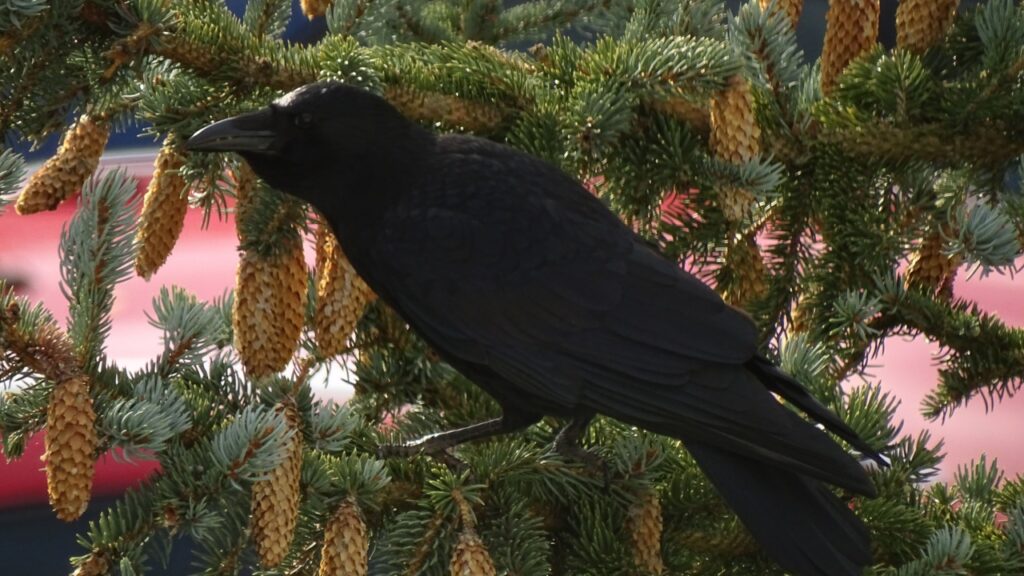
Ravens are intelligent birds known for their scavenging abilities. In the Arctic, they often trail polar bears, waiting to feast on the remains of their kills. While ravens don’t directly prey on bears, they play a role in the ecosystem by consuming the remains of dead bears, alerting other scavengers to potential meals.
9. Wolverines
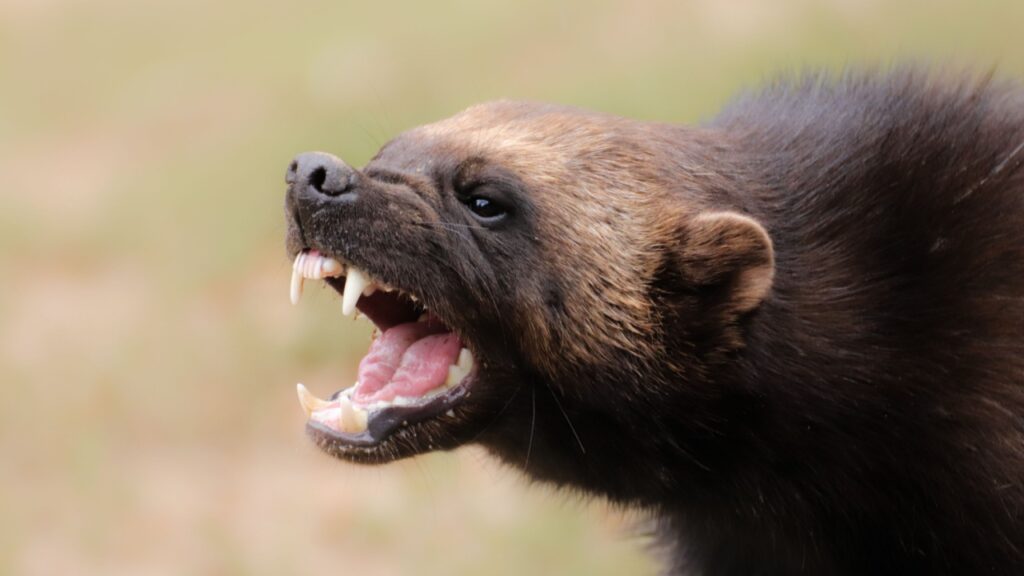
Wolverines are fierce predators known for their strength and tenacity. While they can’t take down an adult polar bear, they have been known to scavenge on bear carcasses. In extreme cases, these opportunistic feeders might attack weak or young cubs if the opportunity arises.
10. Parasites
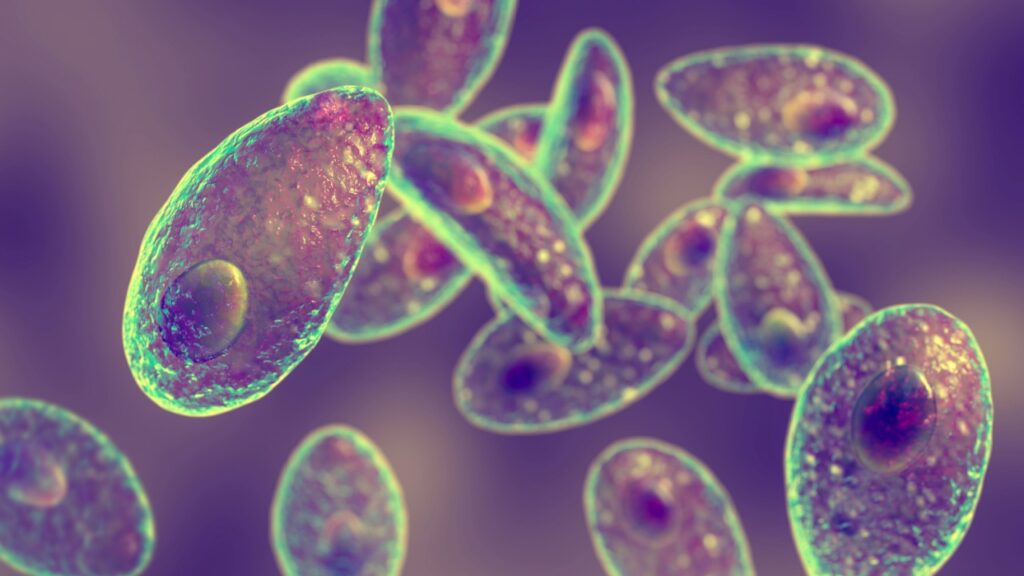
Though not animals in the traditional sense, parasites can be significant predators of polar bears. Various types of worms, ticks, and other parasites can infest bears, weakening them and potentially leading to death. These tiny creatures play a crucial role in regulating polar bear populations.
11. Bacteria And Viruses
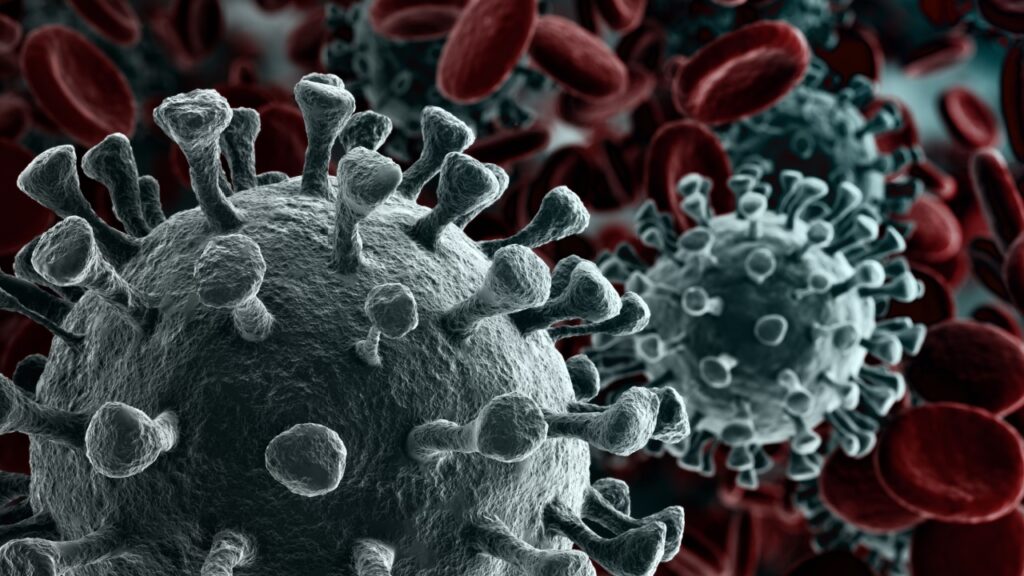
Microscopic predators like bacteria and viruses can have a devastating impact on polar bears. These pathogens can cause diseases that weaken or kill bears, especially when the animals are already stressed due to environmental factors. Climate change and pollution can make bears more susceptible to these invisible threats.
12. Golden Eagles
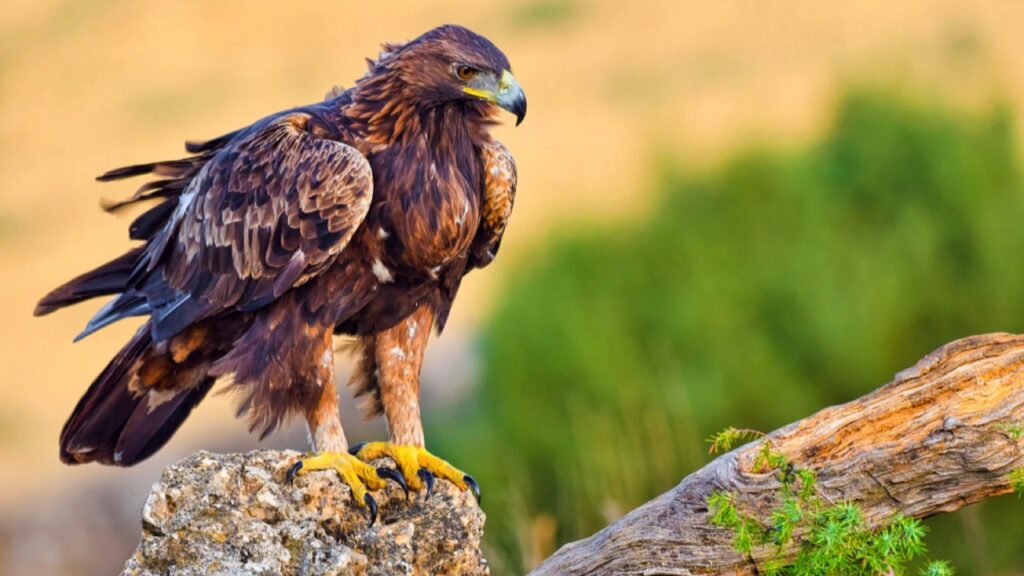
Golden eagles are powerful birds of prey that have been observed attacking polar bear cubs. While they can’t take down adult bears, these large raptors may target very young or weak cubs separated from their mothers. Such events are rare but highlight the unexpected threats that polar bears face.
13. Grizzly Bears
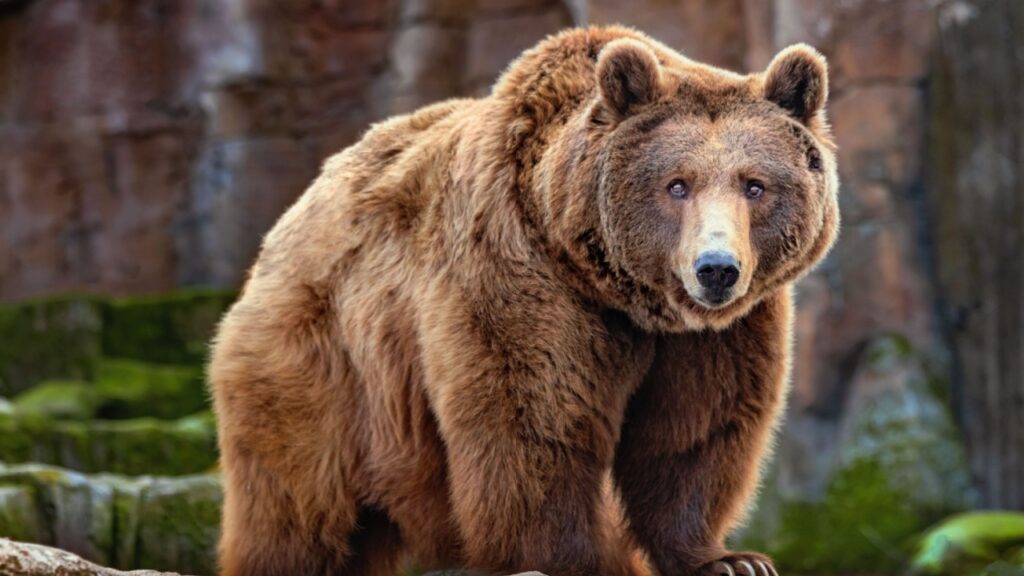
As climate change alters Arctic habitats, grizzly bears are moving further north, leading to increased encounters with polar bears. While not typically predators of polar bears, grizzlies have been known to attack and kill polar bear cubs. Competition for food and territory can lead to deadly conflicts between these two bear species.
14. Leopard Seals
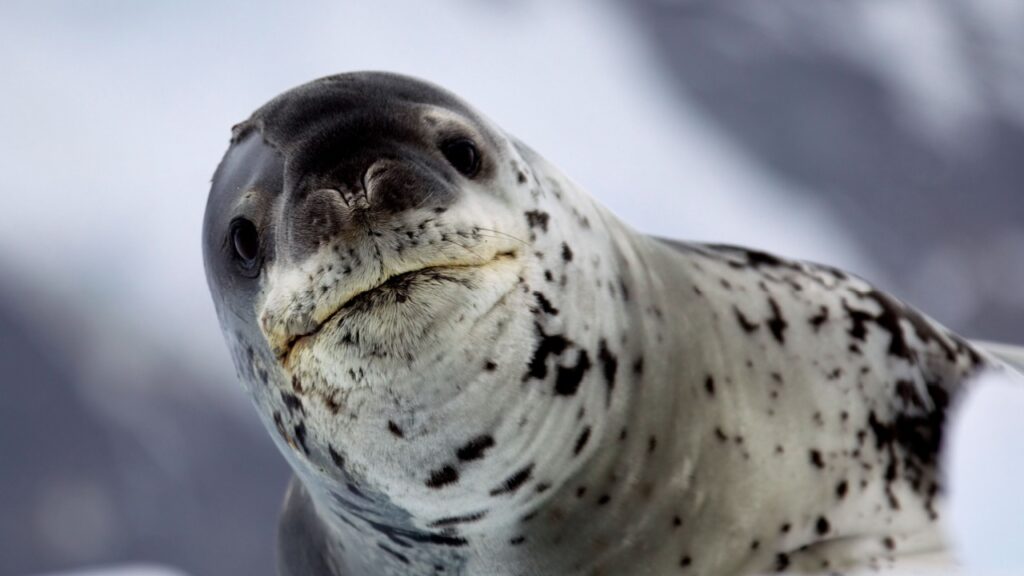
While seals are usually prey for polar bears, leopard seals can turn the tables. These aggressive predators have been known to attack polar bears in the water, where the bears are at a disadvantage. Such encounters are rare but demonstrate the complex relationships in Arctic ecosystems.

